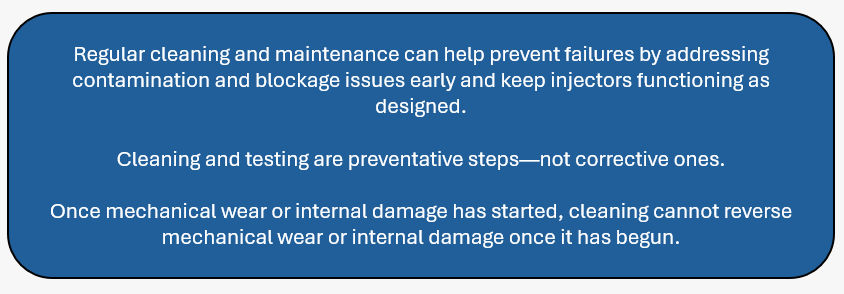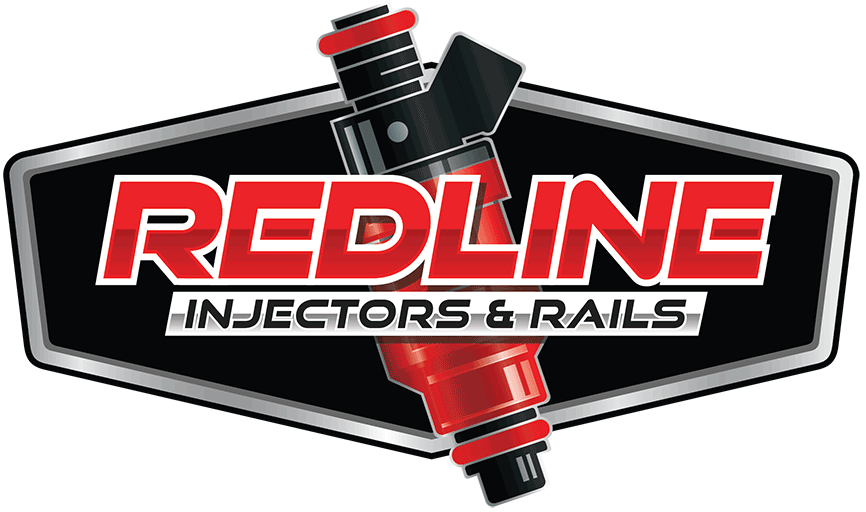Here’s a breakdown of what wears out an E-TEC Injector or causes them to to fail and drift out of spec over time.
E-TEC injectors are very different from port injectors or even automotive GDI injectors. They are precision metering devices with multiple internal wear points, and the biggest issues are not about lubrication.
1. Mechanical Wear & Fatigue
-
The injectors have an internal plunger and spring assembly that opens and closes at very high speed.
-
Over time, springs weaken, plungers wear, and tolerances change → leading to poor spray shape or erratic delivery.
-
This is normal aging — adding oil won’t prevent it.
2. Electrical Coil Degradation
-
The E-TEC injector coil fires at extremely high frequencies.
-
Heat cycles and vibration can cause insulation breakdown or resistance drift.
-
This shows up as injectors that fail the “coil check” in diagnostic testing.
3. Contamination (Most Common)
-
Silt, sand, varnish, corrosion inside the injector restrict flow or alter spray.
-
Water contamination causes rust and deposits.
-
Ethanol fuels that absorb water can accelerate corrosion.
-
This is why BRP and injector specialists stress filtration and fuel quality.
4. Seal & O-Ring Issues
-
The sealing surfaces can harden, shrink, or crack with age.
-
Leads to air/fuel leaks, misfires, or loss of pressure.
What Does Help Longevity
-
High-quality fuel (non-ethanol preferred).
-
Regular filter changes (don’t let junk into the rail).
-
Periodic professional cleaning & flow testing — restores spray, clears varnish.
-
Running the motor — E-TECs like to be worked, not idled endlessly.
-
Proper oil (BRP XD100 or equivalent) through the designed injection system.
The Bottom Line
- Preventative cleaning: Great at restoring performance and resolving injectors problems before they worsen and become terminal.
- Corrective cleaning: Sometimes it can resolve issues and buy time, but often the injector is already worn.
Think of it like brakes: cleaning and replacing pads prevents squeaks and sticking and gouged rotors, but if the pads are worn down to the warning indicators and still ignored, you’re not restoring the brakes them by cleaning — you’ll new rotors along with the pads.

